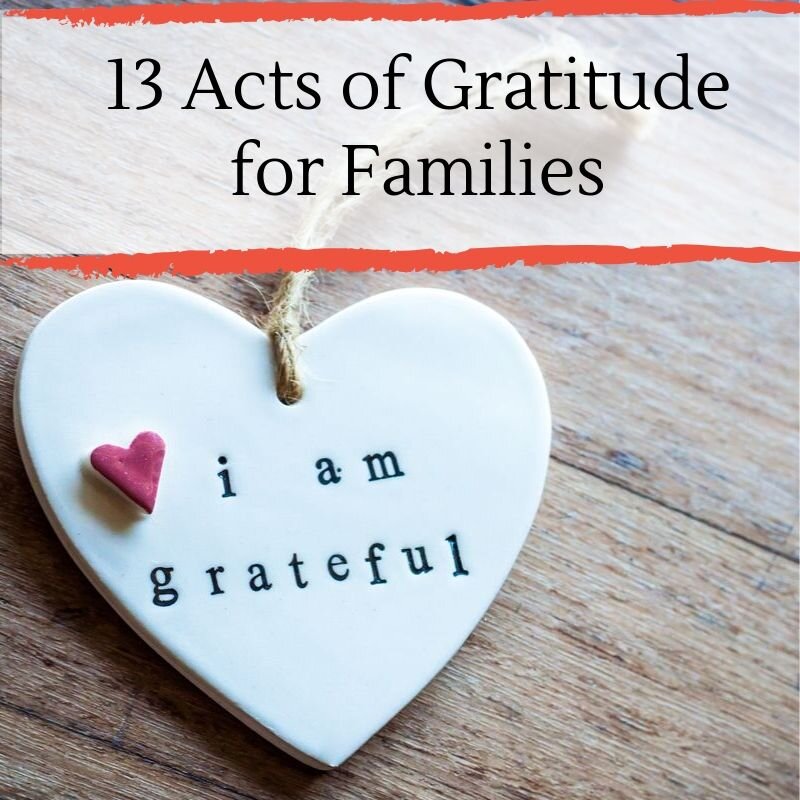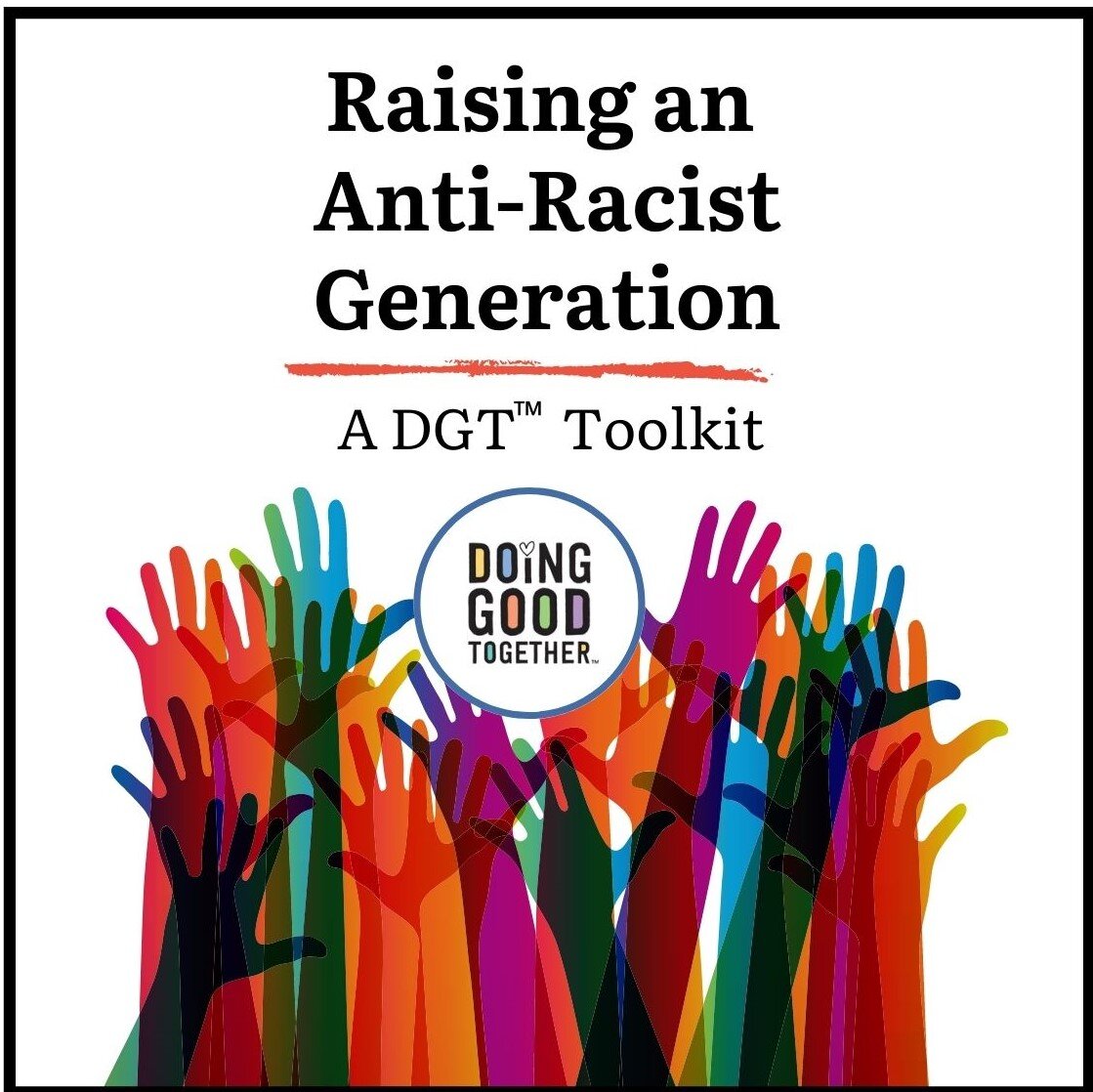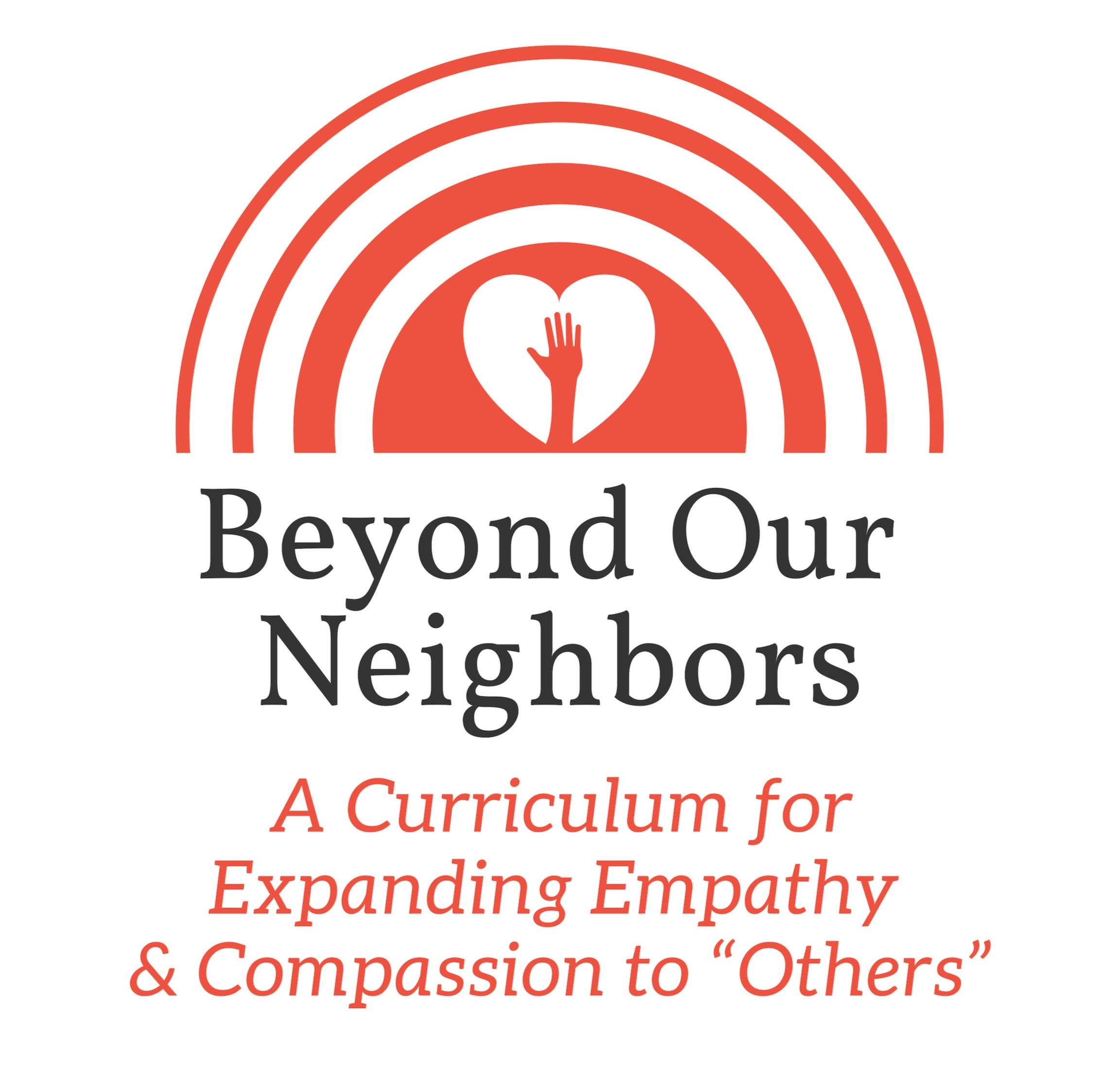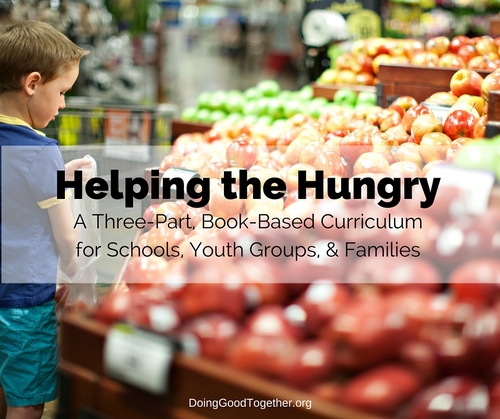Active Gratitude: Family Traditions for Kinder, Less Entitled, Happier Kids
“I appreciate you, mom,” my eight-year-old told me the other day.
We were smack in the middle of that terribly rushed moment between picking up his sister from one activity and dropping off his other sister at another. I was ladling something from the crock pot into bowls and hollering out directions and glancing repeatedly at the clock.
His words earned him a smile, and when I met his eyes, he gave me the cheesiest little grin.
He had heard the edge in my voice. Likely, he shared his compliment in an effort to keep Busy Mom from transforming, hulk-like into Crabby Mom.
And it worked!
The sight of that little smile, along with his careful pronunciation of the word “appreciate,'“ cleared the tension from the room. I thanked him with a hug, and we sat down with his sisters for a nice (and speedy) family dinner before running off to the next obligation.
Thanks to Doing Good Together, our family has been intentionally practicing gratitude for years. (Here’s an embarrassingly old blog post to prove it.) We’ve also spent some time focusing on transforming feelings of gratitude into displays of appreciation, and my son has decided he likes that word a lot.
I appreciate you.
My kids remind me often, with actions as well as words, that gratitude really has become a routine and meaningful part of their day.
Practicing gratitude isn’t just a cute way to get in the mood for Thanksgiving.
Active gratitude is backed by science.
The Greater Good Science Center recently put out a white paper entitled “The Science of Gratitude (2018)” synthesizing the latest academic findings, which are numerous and inspiring. As you might guess, practicing gratitude makes us healthier (reducing stress and improving sleep quality) and happier (boosting self-esteem and resilience).
Notably, gratitude also has the power to inspire improved patience, greater generosity, and empathy toward others.
Practicing gratitude is a two-part endeavor.
To be most effective, counting your blessings should have two components:
noticing a comforting, nourishing, or joyful element of your day,
attributing that good thing to an external source.
Here’s an example I might try with my son. You may be thankful for the meal we’re sharing, and be thankful to the inventor of the Crockpot or the farmer who grew the food, or the parent who chopped the vegetables for the stew before heading off to work. The more specific your child’s observations, the better.
Practicing gratitude can inspire your child’s resilience and generosity.
The goal isn’t to raise kids who sugar-coat their days. Life can be challenging at every age and some days are just plain awful. Still, there is always something to appreciate.
Kids can learn to weather their difficult days a little better by adopting this habit.
Even better, kids (and their grown-ups) can learn to recognize that when times are good, we’re better equipped to take care of others. Parents can support this lesson by turning moments of joy and good fortune into opportunities for giving. Consider one of these popular options:
Add a giving component to your child’s birthday party or host a giving-themed party.
Fill up your gratitude display (see tips 1-6 below) and celebrate with a family volunteer event or a big-hearted project.
13 Acts of Gratitude for Busy Families
We’ve compiled a list of our favorite gratitude activities to help your family begin or rejuvenate a gratitude practice.
1. Repeat yourself.
This is the key to tapping into the benefits of gratitude, so let’s start here. The method or activity you select must be something you can sneak in alongside whatever else you’re doing together each day. Giving gratitude just a few minutes of focus day after day really teaches kids to push past the easy answers and start recognizing the deeper gifts in their days, even on the difficult ones.
2. Add Petals to Flowers
I always like a good visual space where our family can jot down or hang up our gratitudes day after day. It’s satisfying to watch them accumulate, and hilarious to reread some of them days or weeks later.
Try this free printable with project instructions from Doing Good Together to start you own Gratitude Garden.
3. Hang Leaves on a Tree.
Gratitude trees are easy to make or available to buy almost anywhere. Plus, they make colorful fall decorations.
My family’s display, collected in a glass bowl and near a river rock cairn and a dried bloom.
4. Make Up Your Own Display.
There is no need to get too crafty. In my house, we’ve been writing our gratitudes on slips of paper and adding them to a jar on our dining room table. You might even simply add sticky notes to a bulletin board or your bathroom mirror.
5. Keep a Family Gratitude Journal.
Take turns jotting down 1 to 3 things you are thankful for or appreciative of each day and why.
6. Create a Gratitude Photo Collage.
Spend time as a family taking pictures of your gratitudes. Print them to create a physical photo collage or join the Capturing Gratitude movement and start an Instagram account together. Of course, be aware of Common Sense Media’s recommendations regarding kids and social media.
You may want to actively take notice if your gratitude display is filling up quickly. Then set up a volunteer opportunity so that your family can work together for a cause you care about.
7. Read Together.
Any of the books in our gratitude collection serve as a helpful launchpad for a conversation about gratitude.
8. Write a Letter.
Aim to send a note of thanks and appreciation to someone each week for something you may not have thanked them for at the time.
9. Keep a Gratitude-to-Go Kit in your Car.
Follow these instructions for making random acts of recognition and gratitude part of your family life.
10. Add Depth to the Words “Thank You.”
Just as the words “I’m sorry” can be delivered in a hollow, unhelpful way, the phrase “thank you” is often tossed out with a mumble and a shrug. Teach your kids that expressions of gratitude deserve to be spoken with eye contact and a smile. No reminders needed!
12. Be a Gratitude Role Model.
Even when your kids are not in the mood to share, be sure to offer your own reflections on gratitude. By hearing how you are keeping things in perspective throughout a chaotic and full day, they’ll recognize the gifts in their own lives.
13. Reflect together.
Use the conversation starters below to help your kids recognize the gifts in their lives with fresh perspective.
Can you think of something that made you smile today?
Who took care of you today?
When were you most relaxed today?
What part of your day do you hope happens again tomorrow?
Who helped you out today?
Who did you help today? Why?
Did you say thank you at all today?
What was the best thing you tasted today?
Can you think of a thing (tool, toy, craft supply etc.) that you enjoyed using today?
Is there someone you talked or laughed with today that you are thankful for?
Did you enjoy interacting with any animals today?
Is it hard to feel grateful when you’ve had a difficult day? What can we do to remind ourselves of gratitude even when we’re not feeling very happy or grateful?
Why is it so easy to forget the many things we are grateful for when we discover something new that we desperately want?
How can we remind ourselves to be satisfied with the good things already in our lives?
What is the difference between what you need and what you want?
Is it wrong to want something more when you have so much?
Still looking?
Browse our collection of tools to promote greater emotional awareness.
If you like our free resources, you'll love our membership program! Join today and we'll help you keep kindness on your family calendar all year long.
Disclaimer: Doing Good Together™ is a participant in the Amazon Services LLC Associates Program, an affiliate advertising program designed to provide a means for sites to earn advertising fees by advertising and linking to Amazon.com.
The recommendations we offer are based solely on our mission to empower parents to raise children who care and contribute.



























